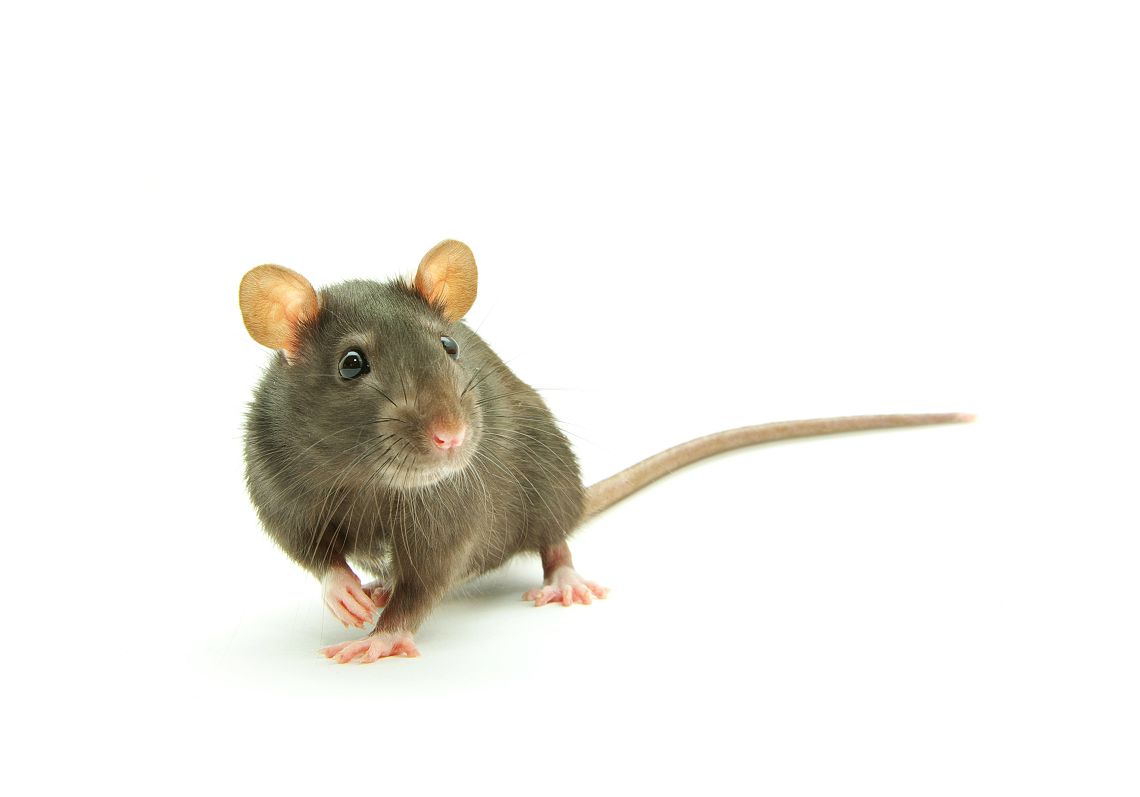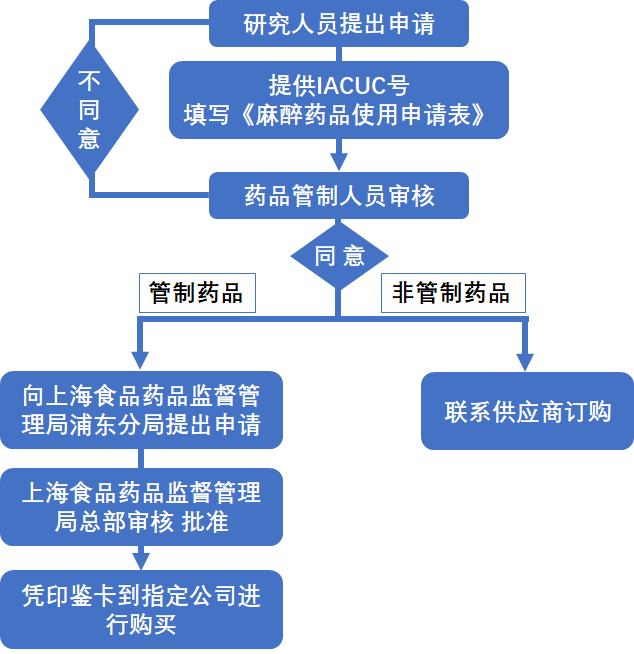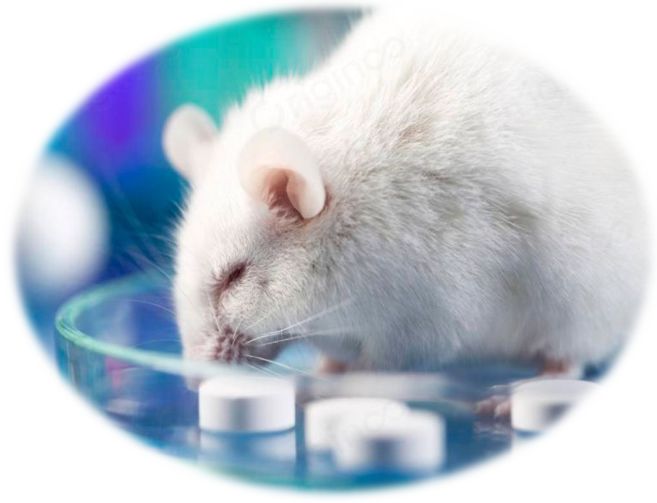[Minimum University] Mouse anesthesia "101"
Anesthesia: Inhibition of local or central nervous system intuition and motion reflex by administration of an anesthetic. Generally divided into two types: inhalation anesthesia and injection anesthesia. Inhalation anesthesia Mice were induced or anesthetized using an inhalation anesthetic. It is generally necessary to cooperate with a mouse anesthesia operation through a gas anesthetic vaporizer. Commonly used inhalation anesthetics are: Halothane Injectable anesthesia The appropriate anesthetic can be selected according to the type of experiment or surgery and the time required for anesthesia: In addition to general anesthesia, local anesthetics such as lidocaine may be used during local anesthesia of the procedure or to relieve localized pain and itching. For example, when the skin is abnormally itchy, the topical gel can relieve the symptoms of itching. Tips: Of course, anaesthesia and analgesia in mice require consultation with a veterinarian. Choose the appropriate anesthetic analgesic depending on the type of surgery. application process Both narcotic drugs and analgesic drugs must be used reasonably, strictly recorded, and applied, used and managed in strict accordance with national laws and regulations. The usual procedure for applying for narcotic drugs is this, taking the Shanghai Southern model organism as an example: Special stores or counters should be set up for the storage of anesthetic drugs and analgesic drugs. Anti-theft facilities should be provided for special libraries and counters, and special personnel should be responsible for the special library (cabinet) lock. Establish special account books for anesthetic drugs and analgesic drugs entering and leaving the special library (cabinet), and enter and leave the records one by one, and fill out the "Anesthesia and Analgesic Drugs Income and Expenditure Record Form" in detail. The remaining narcotics must be returned to the person in charge of the administration of narcotic drugs. Drugs for recycling of empty ampoule, waste stickers and expired, invalid, damaged or returned shall be properly kept and destroyed in a centralized manner, and the Record of Destruction of Controlled Narcotic Drugs shall be registered. Precautions after anesthesia 1. The depth of anesthesia must be confirmed after the anesthesia of the mouse. If the depth of anesthesia is not sufficient, the experiment must be postponed. Experiments or surgery should be performed after the depth of anesthesia is reached; or if the veterinarian can increase the dose to reach the depth of anesthesia. There are still active movements, increased breathing and heart rate, gait during exercise, shaking in the back, and weakness in the hind legs. After stopping the exercise, it is lying on the side and can not be corrected after lying on the back. For non-painful stimuli, the body's action response, pinching the skin or stimulating the toes still has a contraction reflex. The breathing rules are mainly chest breathing, moderate muscle relaxation, eyelid and corneal reflexes. The respiratory rate is reduced, the breathing rules are mainly abdominal breathing, the muscles are completely relaxed, the eyelid reflexes disappear, the corneal reflex is weak, and no harmful reflex is caused to severe stimulation. The limbs continued to tremble and twitch, and the whole body muscles began to contract, from flat and supine to lateral collapse. The simple way to confirm the depth of anesthesia is: Observe whether the mouse responds. If the reaction is sensitive, the anesthesia is too shallow. Surgical conditions can be added to monitor blood flow, heart rate, blood pressure, body temperature, respiratory rate, oxygen saturation, microvascular filling time and other indicators. 2. During the operation of animals, if the organs are exposed for a long time, appropriate physiological saline should be added dropwise to prevent the mucous membranes from drying out; lubricated eye ointment can be applied around the eyes to reduce postoperative discomfort caused by dry eyes. . 3. After anesthesia, the body temperature regulation function of the mouse was inhibited, and the body temperature decreased. At this time, it is often necessary to take insulation measures, such as: constant temperature heating blankets, warm lighting, and the like. Hand massager Hand massager Shenzhen Jie Zhong Lian Investment Co., Ltd. , https://www.szmeizons.com

The anesthesia time is generally 40-60 minutes, but the safety range is narrow, and once the excess animal is prone to death. And pentobarbital sodium has no analgesic effect only sedative effect, so it is better to use it together with analgesics before surgery.
Non-drug grade intestinal anesthetics, anesthesia time of about 30min, different strains of mice are different tolerance, can not be repeated injections, otherwise it is easy to cause intestinal inflammation in animals.
The anesthesia time is about 30 minutes, and some strains of mice are not suitable for use, such as nude mice.
For intravenous injection in mice. The anesthesia time is short and is not commonly used. 
Before anesthesia, the mice must be weighed and given an anesthetic according to the reference dose.
If surgery is performed, it is recommended to perform analgesia before surgery, which is very beneficial for postoperative recovery and pain reduction in mice.
If some mice have pain symptoms after surgery, you can choose an appropriate route of administration according to the circumstances to give analgesics.
The analgesics of mice mainly include: butorphanol, meloxicam, carprofen, ibuprofen, morphine, buprenorphine and the like. 

Anesthesia can be divided into four stages from shallow to deep:
If surgery is performed, in addition to the need for heat preservation, it is recommended to turn the mouse over every 10-15 minutes to prevent blood deposition or collapse of the lungs. In addition, attention should be paid to observing important indicators of the mouse such as heart rate, capillary filling degree and respiratory rate.
Sterile cages and a comfortable, quiet feeding environment should be provided after surgery. If the traction of the surgery department will hinder the initial drinking of the mice, the sterile jelly should be placed in the bottom of the cage and irradiated. The feed is for its feed. After the operation, the observer must observe the postoperative mice. For example, the opening of the operation department, infection and abnormal pain should be performed according to the instructions of the veterinarian.